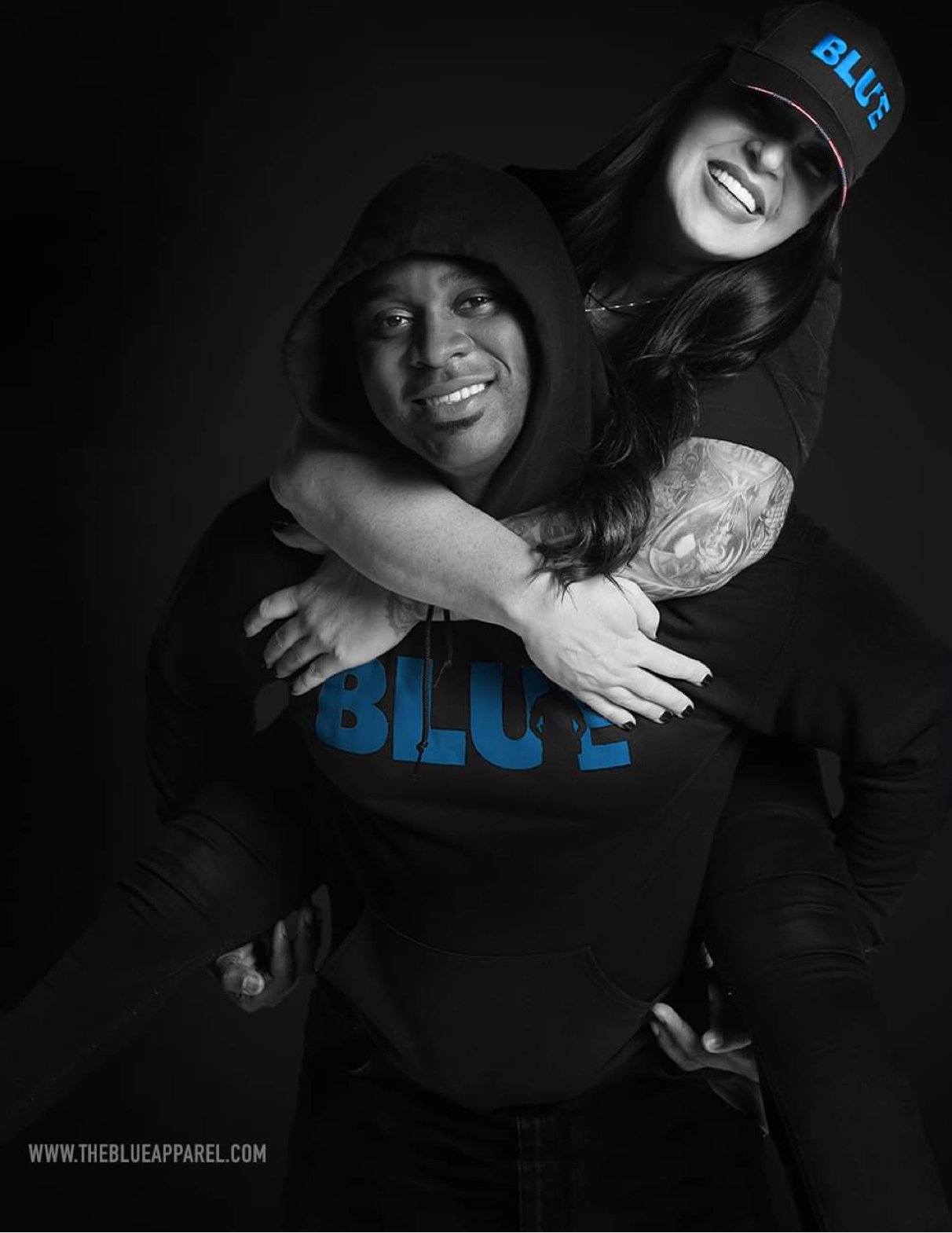Saving Lives Requires Honest Threat Assessments
/HONESTY IN THREAT ASSESSMENTS…Stop the Violence
By: Joel E. Gordon
The FBI's Chris Wray finally noticed that law enforcement is under attack.
Wray recently sat for an interview with CBS’s “60 Minutes.” During the interview, the FBI director pointed to the 59% increase in the number of police officers murdered last year as one of the under-covered stories of the year.
“Some of it is tied to the violent crime problem as a whole. But one of the phenomena that we saw in the last year is that an alarming percentage of the 73 law enforcement officers killed in the line of duty last year were killed through things like being ambushed – or shot while out on patrol,” Wray said. “They were killed because they were police officers,” he added. “Wearing the badge shouldn’t make you a target.”
Perhaps the racial blame game in the blanket demonization of groups of individuals, including the law enforcement community, has been a substantial contributor to the violence against police?
President Joe Biden said during a CNN town hall that former police officers and military personnel were fueling the “growth of white supremacy.”
Republican Sen. John Kennedy (La.) asked Attorney General Merrick Garland "What percentage of cops in America do you think are bad cops?" apparently hoping to find out why the attorney general has used his position of power to target law enforcement agencies and not criminals.
"A very small percentage," Garland responded, though failing to give a number.
The Department of Justice continues to allocate resources to probe local police departments for patterns of alleged systemic racism and investigate law enforcement officers for use-of-force incidents against rioters placing police tactics, methods and intent into question front and center, rather than focus on a more comprehensive view of the root causes of police encounters involving violence.
This was not always the case when it came to earlier concerns over the “Ferguson Effect.” In August 2017, in the month prior to Christopher Wray being appointed FBI director, the FBI released a specific threat assessment via a detailed report entitled Black Identity Extremists Likely Motivated to Attack Law Enforcement Officers.
An excerpt from the report: The FBI assesses it is very likely Black Identity Extremist (BIE) perceptions of Police brutality against African Americans spurred an increase in premeditated, retaliatory lethal violence against law enforcement and will very likely serve as justification for such violence. The FBI assess it is very likely this increase began following the 9 August 2014 shooting of Michael Brown in Ferguson, Missouri, and the subsequent Grand Jury November 2014 declination to indict the police officers involved. The FBI assesses it is very likely incidents of alleged police abuse against African Americans since then have continued to feed the resurgence in ideologically motivated, violent criminal activity within the BIE movement. The FBI assesses it is very likely some BIEs are influenced by a mix of anti-authoritarian, Moorish sovereign citizen ideology, and BIE ideology. The FBI has high confidence in these assessments, based on a history of violent incidents attributed to individuals who acted on behalf of their ideological beliefs, documented in FBI investigations and other law enforcement and open source reporting. The FBI makes this judgment with the key assumption the recent incidents are ideologically motivated.
The BIE report was challenged by many including the ACLU, the Brennan Center for Justice and others leading to hearings held by members of the Black Congressional Caucus. By 2019, the term “Black Identity Extremists” was discontinued as an apparent result of political pressure when the FBI merged several classifications under the umbrella term of “racially motivated violent extremism.”
Christopher Wray is awfully late in making his assessment that law enforcement is indeed under attack. Is there blood on the hands of those who continually fuel the fire of racial division? How many individuals now feel they are justified in non-compliance with lawful police requests?
Has politicization of our justice system and federal law enforcement agencies contributed to the death and injury of many of our law enforcement officers and others? There are way too many examples of unnecessary confrontations with law enforcement that are the result of certain individuals being mistakenly emboldened leading to failure to follow the lawful requests of law enforcement officers leading to unnecessary tragedy. If we cannot honestly identify issues, then the likelihood of solutions and deterrents is nil.
Let’s stop the political expedient charade of the societal blame game while still assessing motivating factors in criminal behavior and actions devoid of political correctness concerns or accusations of profiling in an honest and studied manner. Is race a factor in homicides as can be a shooter’s ideology? It clearly can be a motivating factor to certain individual criminals. Any murder, mass shooting, or criminal act motivated by anyone’s racial animosity toward others is horrific and unacceptable and must be stopped whenever possible. Ultimately, it is each and every individual criminal who must be held accountable. As Ronald Reagan said, “We must reject the idea that every time a law's broken, society is guilty rather than the lawbreaker. It is time to restore the American precept that each individual is accountable for his actions.”
In the end it is complete across the board honesty in criminal threat assessments as a deterrent along with law and order in our daily lives which must be upheld in any civil and just society.


































































